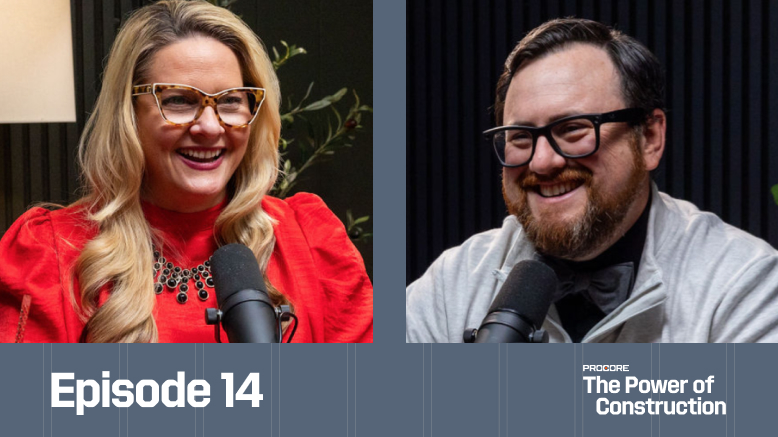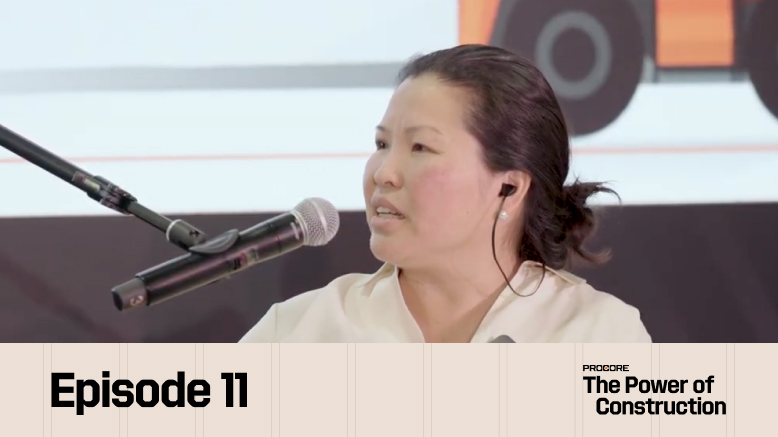From Vision to Impact: The GMA Story
Cornelius D. Griggs President and CEO of GMA Construction Group, founded the company in 2009 with a mission that extends far beyond traditional construction: "Developing people, transforming communities."
Growing from humble beginnings to a $100 million company with a $400 million backlog, GMA exemplifies how construction companies can drive meaningful social change while achieving business success.
Breaking Barriers in Aviation Construction
GMA's Midway Airport Concession Project marked a significant milestone as their first major aviation project. More importantly, it demonstrated the company's commitment to diversity, achieving a remarkable 92% minority and diverse spend—making GMA the first contractor to reach such levels on an aviation project.
This achievement showcases how intentional leadership can create unprecedented opportunities for minority-owned businesses.
Mission-Driven Project Selection
Unlike many contractors who pursue projects primarily for profit, GMA strategically focuses on work that aligns with their mission. Ninety-two percent of their projects are located in underserved communities, reflecting Griggs' commitment to investing where he came from.
This approach demonstrates how construction companies can prioritize social impact without sacrificing business growth.
Reversing the Transaction Priority
Griggs introduces a revolutionary concept: prioritizing social transactions over business transactions. While most companies focus primarily on business outcomes, GMA leads with social impact, trusting that business success will follow.
This philosophy has proven successful, enabling sustainable growth while creating lasting community value.
Innovative Workforce Development
Recognizing the labor shortage challenge, Griggs took a proactive approach by launching a construction management associate degree program at Kennedy King College in 2009. This program created a pipeline of qualified workers who understood both the technical and business aspects of construction, with graduates joining GMA within 2-3 years of program completion.
The Diamond in the Rough Philosophy
GMA's hiring strategy focuses on finding overlooked talent—people with high ambition quotient (AQ) over intelligence quotient (IQ). This approach, inspired by Griggs' own experience as someone who wasn't the "shiny object," has proven successful in identifying and developing exceptional team members who might be passed over by other companies.
Building Diverse Executive Leadership
GMA has successfully built an executive team that reflects the communities they serve. With leaders like John Adams running their Texas operations and Erica Kirkwood serving as VP and General Counsel, the company demonstrates that diverse leadership at the decision-making level is both achievable and beneficial for business success.
Addressing Industry Demographics
The conversation addresses stark statistics about construction workforce diversity: while Black people comprise 12% of the overall workforce, they represent only 6% of construction workers—a number unchanged for 25 years.
With 53% of the current construction workforce retiring by 2036, these demographics represent both a challenge and an opportunity for companies willing to invest in underserved communities.
Personal Journey and Motivation
Griggs shares his powerful personal story of growing up as a ward of the state, bouncing between group homes and foster homes before finding stability through military service.
This background provides the foundation for his commitment to creating opportunities for others who face similar challenges, demonstrating how personal experience can drive professional purpose.
Technology and Virtual Construction
GMA embraces technology through virtual construction management, using BIM models to build 50-75% of projects digitally before breaking ground.
This approach helps bridge the skills gap by leveraging younger workers' technological strengths while compensating for the retirement of experienced superintendents.
Creating Vision Rather Than Waiting
Through GRE, his real estate investment company, Griggs has moved beyond traditional contracting to become a developer of affordable housing projects.
This evolution represents his philosophy of creating the future he wants to see rather than waiting for others to provide opportunities.
The Ripple Effect of Community Investment
GMA's approach demonstrates how construction companies can become economic engines within communities. By hiring locally, training residents, and investing in infrastructure, they create sustainable economic development that extends far beyond individual projects.
Rapid-Fire Q&A with Cornelius Griggs
Book Recommendation: Leaders Open Doors by Bill Treasurer
Sources for Different Perspectives: CNN and Fox News for balanced viewpoints
Innovation Shaping Construction's Future: Building Information Modeling (BIM)
Industry Tagline: "Developing people, transforming communities"
Key Takeaways
This episode reveals the transformative potential when construction companies embrace social responsibility:
- Purpose-Driven Growth: Companies can achieve business success while prioritizing social impact
- Community Investment: Construction can serve as an economic development engine
- Workforce Development: Proactive education and training programs can address labor shortages
- Diverse Leadership: Intentional hiring and development create stronger organizations
- Technology Integration: Modern tools can help bridge generational skills gaps
- Untapped Markets: Underserved communities represent significant business opportunities
- Vision Creation: Leaders can shape the future rather than waiting for opportunities
Cornelius D. Griggs and GMA Construction Group demonstrate that the question "Who benefits when we build?" has a clear answer: when construction companies commit to developing people and transforming communities, everyone benefits—workers, communities, and businesses alike. This model provides a roadmap for how the construction industry can address its workforce challenges while creating lasting positive impact in communities across America.




